Books
Sarah Pearse: the books that inspired my writing
One of my favourite things to do as a child was to go to the library with my mum, browsing the shelves and coming away with a huge stack of books. I read everything and anything – from Roald Dahl and C S Lewis to Enid Blyton, but it is Blyton’s books that have stayed with me the most. Now I’m reading them to my own children, I can see what was so appealing and what still draws me in when I’m reading a novel – the sense of adventure that she evokes. In her books there are mysteries to solve, secret passages to be explored and clues to be sniffed out and it’s that idea of something more bubbling beneath the surface of everyday life that Blyton exploits so well. Over the years, I’ve discovered many other authors who also conjure that sense of mystery and adventure and so much more besides. Here are some authors and books that have inspired my own writing:
Death on the Nile by Agatha Christie
Death on the Nile by Agatha Christie
My family are huge Christie fans. She creates such vivid and unforgettable characters in her detectives, but what I love the most about her books are the often exotic, locked room settings that are so transporting as a reader. This is something I’ve used in The Sanatorium. By placing a group of characters in an isolated, claustrophobic setting where there’s no escape or no one able to come and help, means that both the detective and the suspects are pushed to their physical and emotional limits – something that is really exciting to explore as a writer.
One of my favourite Christie books is Death on the Nile, where the locked room setting is a Nile steamer, set against the exotic backdrop of Egypt. It’s a trip that turns deadly when one of the passengers, an heiress, is found dead in her cabin. The steamer is populated by a set number of suspects all with credible motive. It’s an intricately plotted mystery where Poirot has to find the killer before they strike again. The twists and turns of the narrative are second to none and something that I’ve tried to draw on in my writing.
The Past by Tessa Hadley
The Past by Tessa Hadley
The Past was the first novel of Hadley’s that I read, and it’s still my favourite. It follows a family who meet up in their grandparents’ old house one summer before it is sold. They bring their partners and children, and Hadley explores the relationships between them all and the memories of the past and the time they spent in the house. In The Past, she describes the natural world so beautifully, painting such clear pictures in your mind of the landscape and the house – something I’ve found inspiration for my own writing. Hadley is also a master at depicting family dynamics, and I love the fact that all of her characters are so complex and well-drawn. She isn’t afraid to make her female characters challenging and not always necessarily sympathetic or likeable, which I think perfectly reflects the real world.
Don't Let Go by Michel Bussi
Don’t Let Go by Michel Bussi
I discovered Michel Bussi’s books a few years ago and have read them all, but my favourite is Don’t Let Go. From the very first page, Bussi transports us to the exotic landscape of Reunion Island in the Indian Ocean. We follow a family on a luxurious holiday, but their idyllic break is soon interrupted when the wife, Liane, leaves her husband and Martial and their daughter by the pool to head back to their hotel room and then vanishes. When the room is opened, it’s empty, but blood is found in the room. A cleaner in the hotel says she saw Martial in the corridor shortly after his wife went up to the room. Martial then disappears along with his daughter. As in all of Michel Bussi’s books, the plot is unpredictable and fast-paced and I love the way he uses the setting to its full advantage. Every book is set in France or an overseas French territory and he evokes an amazing sense of place by sharing snippets of the location’s history, language and culture so that you feel fully immersed and transported, something I have strived to achieve in The Sanatorium.
Thin Air by Michelle Paver
Thin Air by Michelle Paver
I discovered Michelle Paver through reading Thin Air, set in the 1930’s, the golden age for mountaineering. It follows a doctor, Stephen Pearce, and his brother, Kits, as they travel to India to join an expedition of mountaineers who are about to climb Kangchenjunga, the third highest mountain in the world and the site of the doomed Lyell Expedition which ended in the death of the mountaineers. As the new expedition starts to climb the mountain it soon becomes clear that darkness lies ahead and that the souls of those who have previously died on the mountain might be stirring…
One of the most striking things about this novel is the way in which the mountain isn’t just a chilling setting but becomes a character in itself – something menacing and unpredictable. You find yourself immediately immersed in the eerie world of the novel through both Paver’s brilliant description of the mountain and snow and by how she develops the character’s fear and paranoia. You live every unsettling step of the journey with them and that sense of absolute immersion is something that I’ve wanted to try and create in my own work.
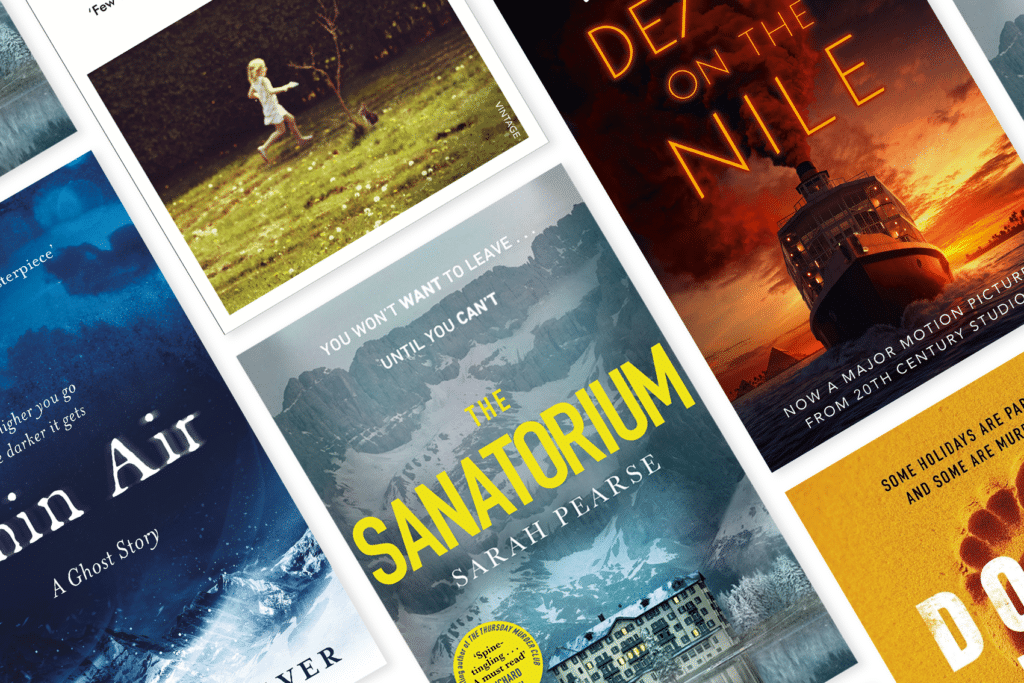

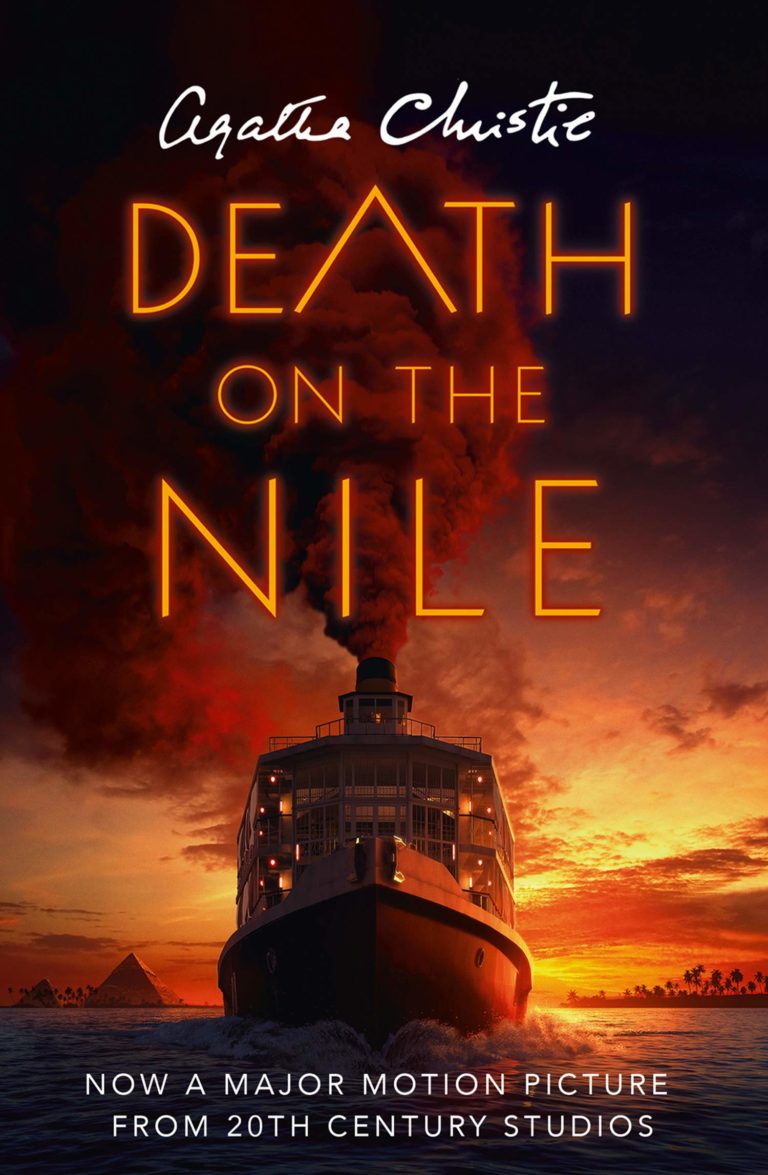
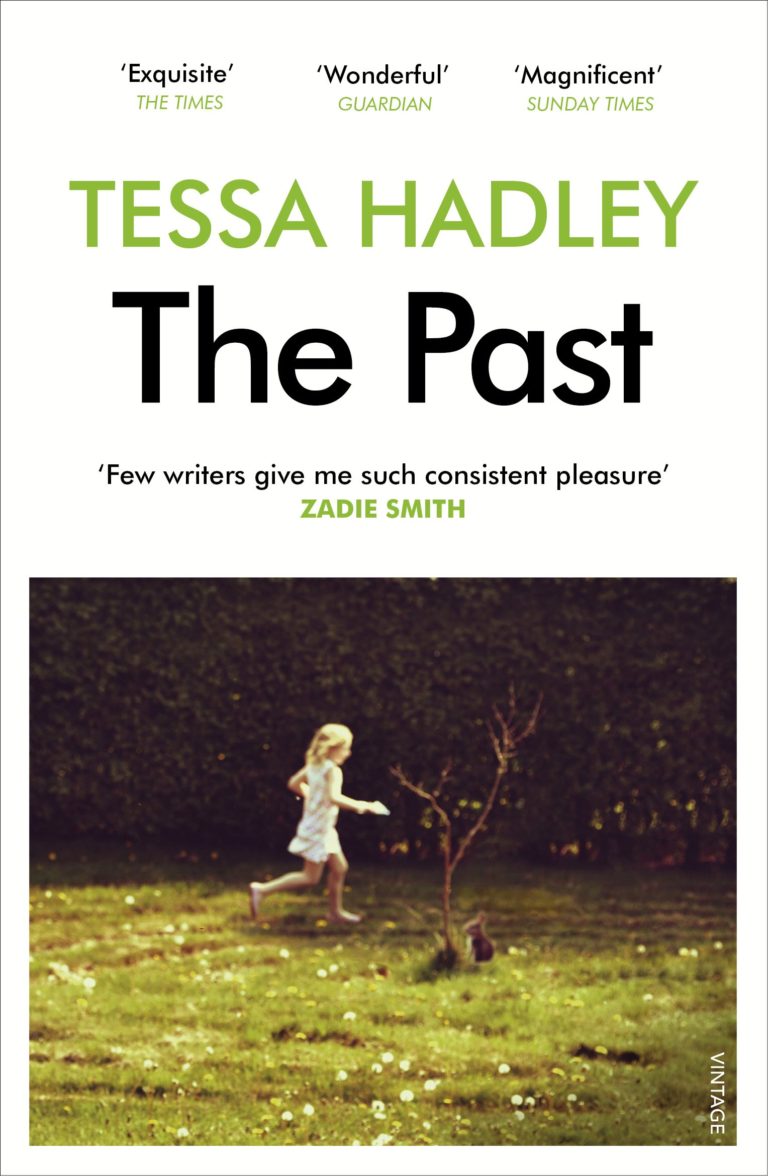
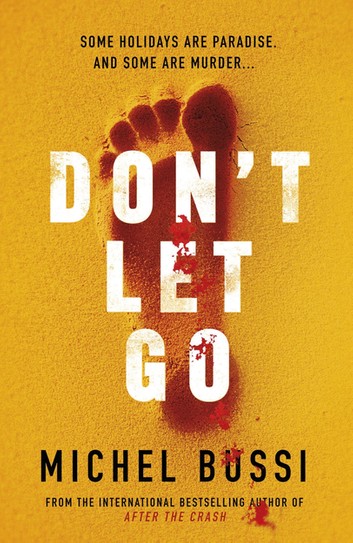
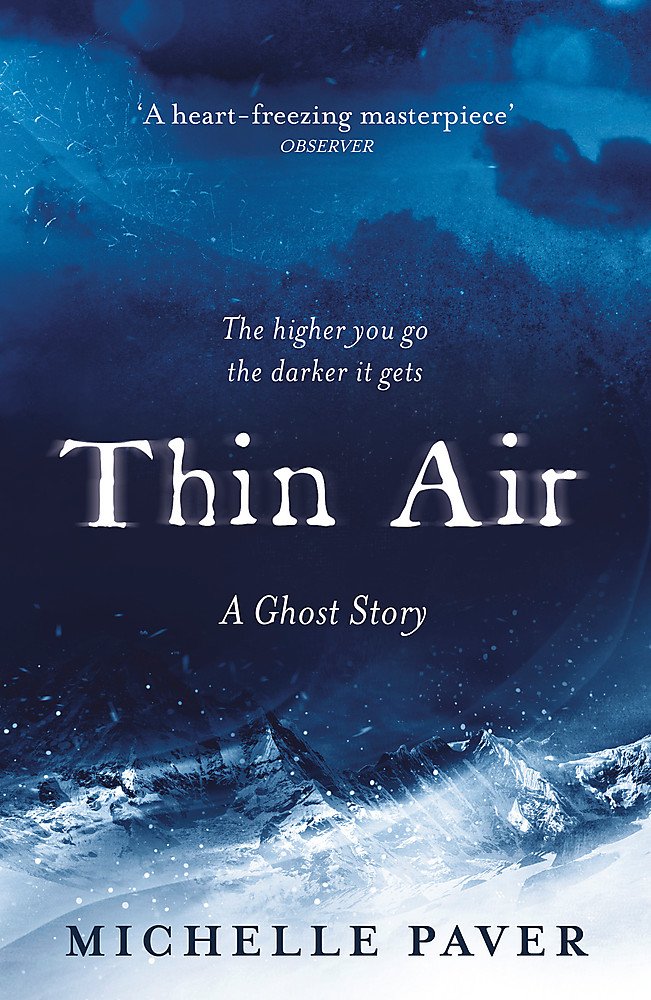
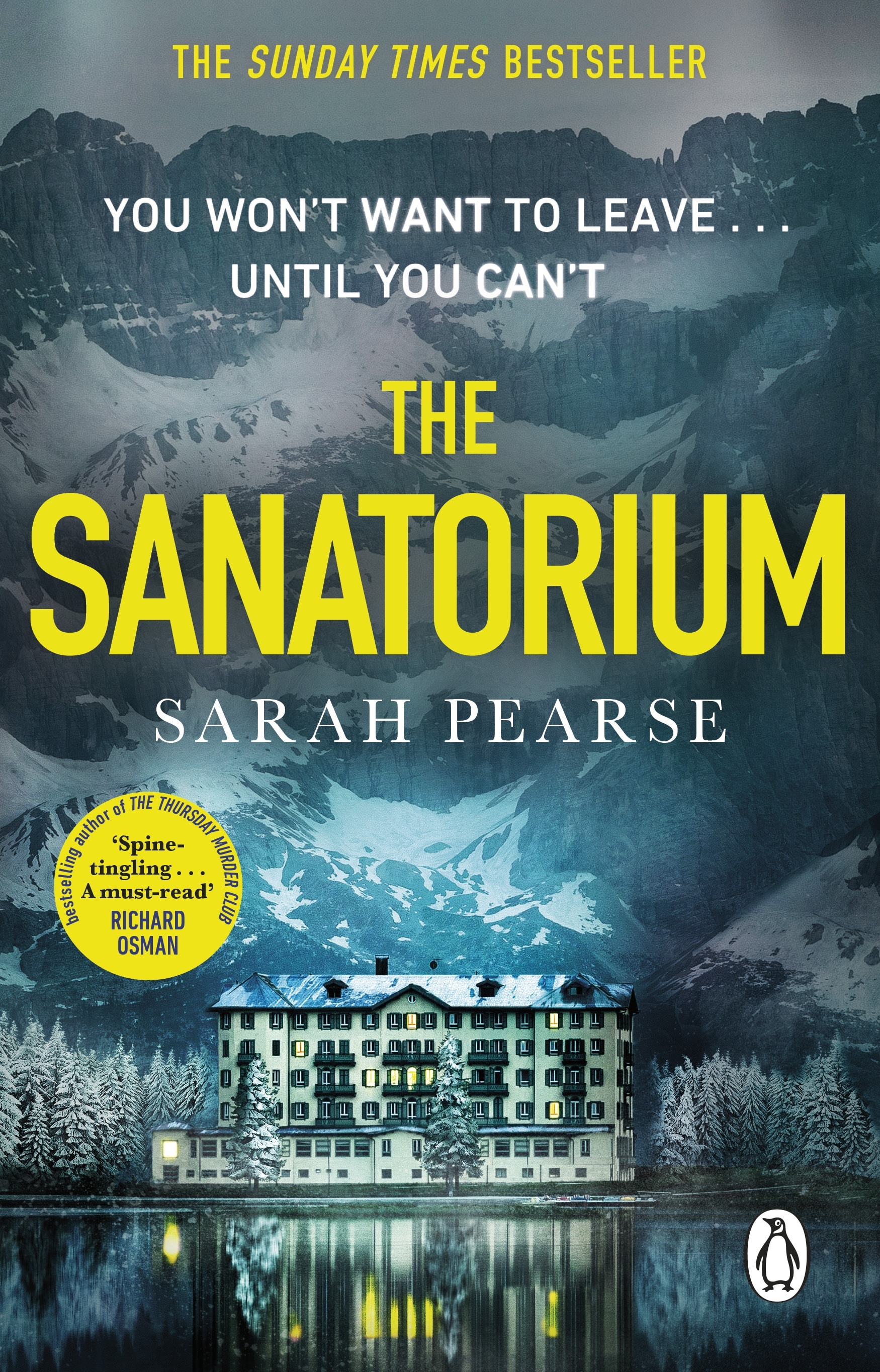

Please note: Moderation is enabled and may delay your comment being posted. There is no need to resubmit your comment. By posting a comment you are agreeing to the website Terms of Use.